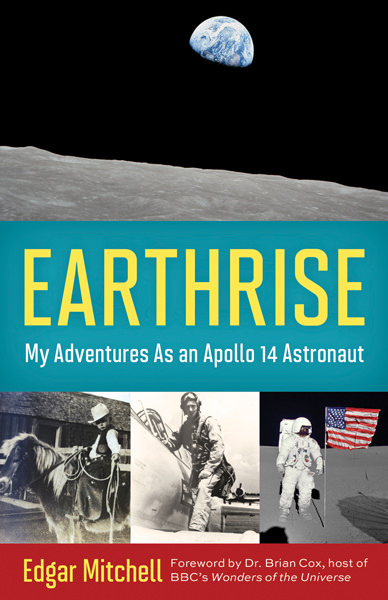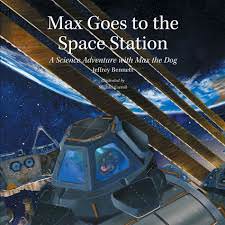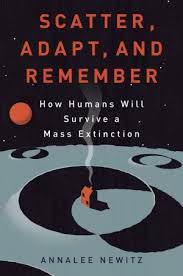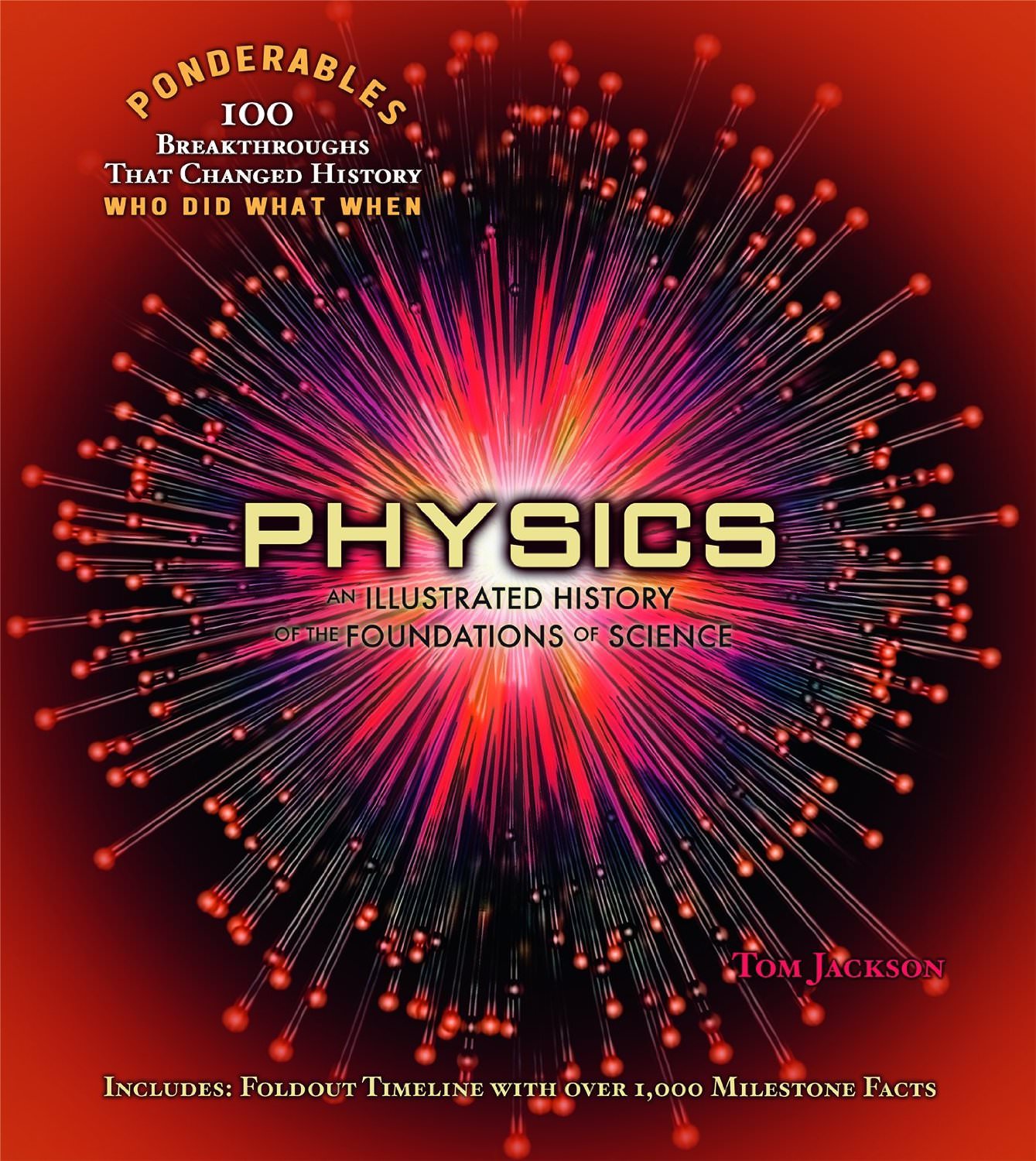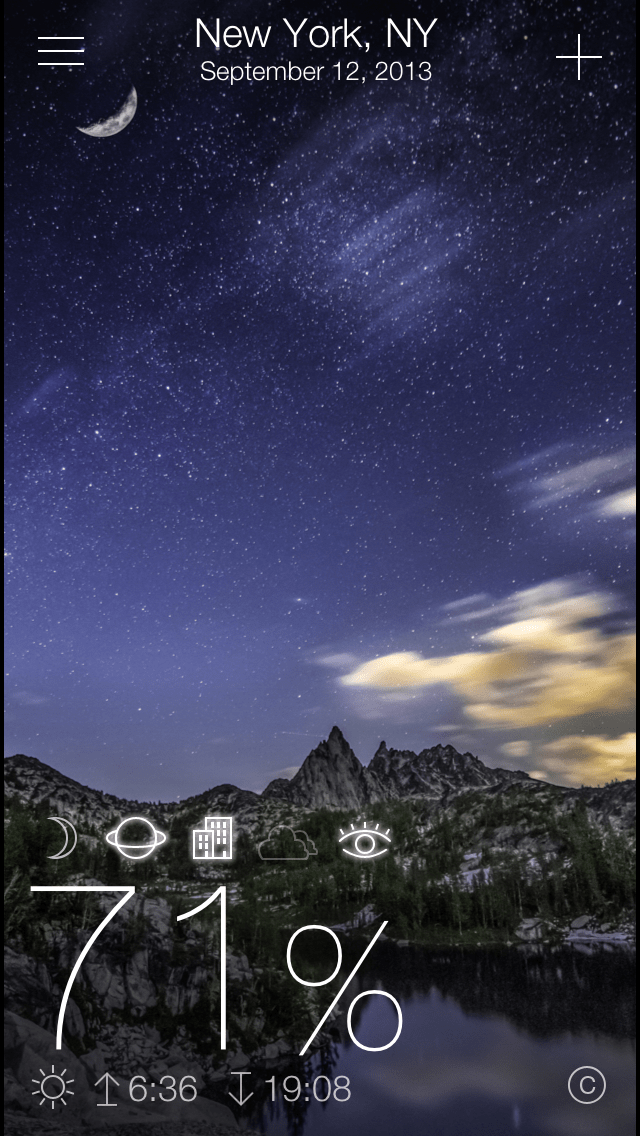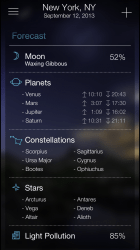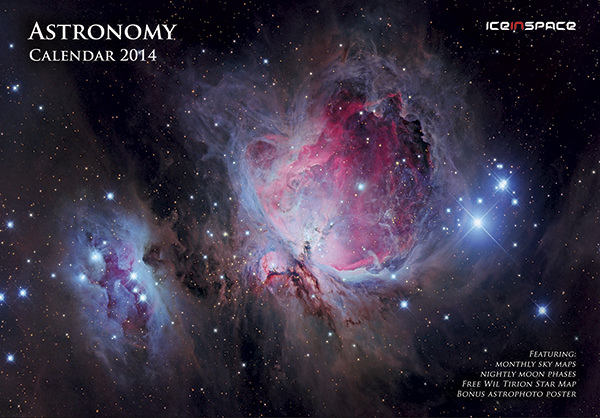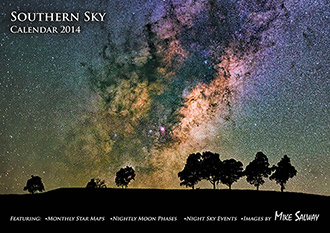Book review by David Freiberg: Universe Today Book Reviewer
Most of us get up in the morning, shower, eat breakfast and sleepily make our way to work. Whether we work in an office, outdoors, with the public or in any number of exciting Earth-based careers, our daily commute can hardly compare to that of a moon astronaut! In Earthrise: My Adventures As An Apollo 14 Astronaut, Edgar Mitchell shares his personal story of how he came to share a career with a scarce 11 other people in history.
This new book tells the story Mitchell’s life; he started out as a farm boy from a small town in New Mexico who grew up in a normal family and lived a normal life but he worked hard enough and got lucky enough to go to the Moon. He wasn’t born into it, and he wasn’t so supremely gifted that he aced everything he tried in his life. He had the willpower to work through years of training, and he had the courage to get into a gigantic rocket that would launch him a quarter of a million miles through space, even though the last people who had tried to go to the Moon were lucky to get back alive.
And, being a real person doing an extraordinary thing, he came back changed by the experience.
Despite the trials and tribulations of training, of flying there, of a close call with a malfunctioning “abort” button, and of the moonwalk itself, Edgar details how the ride home was the most life-changing part of the entire journey. As he saw the Earth shining in front of him, he described a sensation he called metanoia that was to shape the rest of his life. He’d explored as much of outer space as current technology would allow: now he wanted to do the opposite and explore the mind. Though he’d always been interested in topics like ESP (he even conducted his own ESP experiment with a few doctors on Earth during the mission), it was easy to see how it changed his perspective on everything. And, from his descriptions, he’s not the only Apollo astronaut to have a different perspective on life after the mission: they were real people, after all, and if you went to the Moon, you’d probably be changed as well.
That’s where “Earthrise” really shines: you get the idea that you too could do the same thing if you were willing to work for it. This book is strongly recommended for all children who are interested in space; as Edgar Mitchell was inspired by stories of Roswell and of Buck Rogers when he was young, perhaps a child who reads this very book will someday fly around the Moon and watch the Earth come up.
About the authors: Dr. Edgar Mitchell was a pilot in the historic 1971 Apollo 14 mission and the sixth man to ever walk on the Moon. He is the author of “Paradigm Shift,” “The Space Less Traveled,” and “The Way of the Explorer,” and recipient of the Presidential Medal of Freedom, the NASA Distinguished Service Medal, three NASA Group Achievement Awards and was nominated for the Nobel Peace Prize in 2005. He is the founder of the renowned Institute of Noetic Sciences and lives in Lake Worth, Florida. Ellen Mahoney has worked for Walt Disney Imagineering and produced radio features for the BBC Science in Action show. She is an instructor of journalism at Metro State University of Denver and lives in Boulder, Colorado. Dr. Brian Cox is a professor of particle physics at the University of Manchester School of Physics and Astronomy, Manchester, England. He presents space and science programs on BBC radio and television, including “Wonders of the Universe.”
Universe Today and Chicago Review Press are pleased to be able to offer three free copies of “Earthrise: My Adventures as An Apollo 14 Astronaut” to our readers. This contest is open to US and Canadian residents only. In order to be entered into the giveaway drawing, just put your email address into the box at the bottom of this post (where it says “Enter the Giveaway”) before Wednesday, April 30, 2014. If this is the first time you’re registering for a giveaway, you’ll receive a confirmation email immediately where you’ll need to click a link to be entered into the drawing. For those who have registered previously, you’ll receive an email later where you can enter this drawing.
If you are not lucky enough to win one of our three free copies, or if you don’t want to wait, you can purchase the book from Amazon.com.

